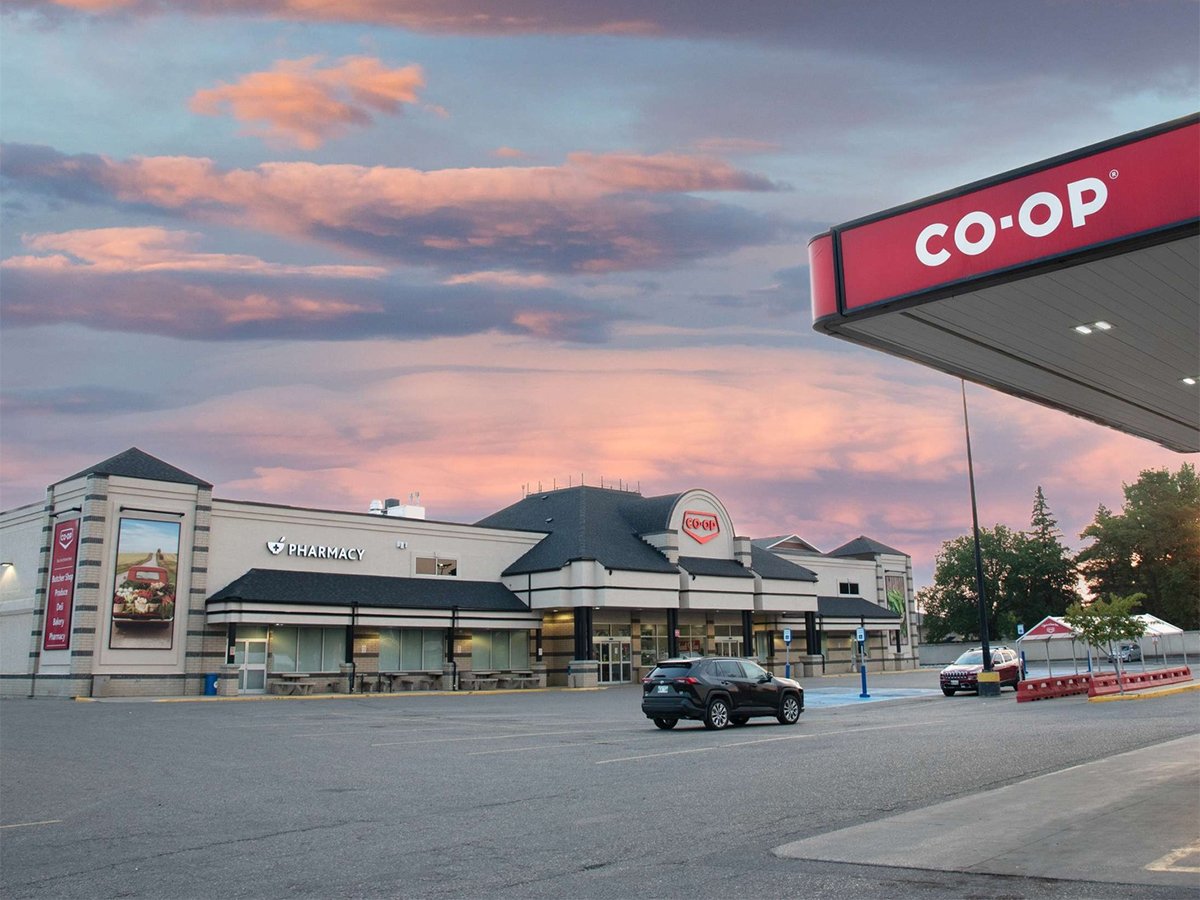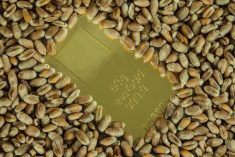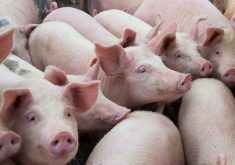While the Canadian prairies look big to us when we drive around them, they’re actually just a fringe of the massive productive crop area of North America. But because they’re an environmental fringe too, with tough weather constrictions limiting farmers, Canadian prairies have forced farmers to be creative, innovative and adventurous with what they grow.
That makes the Canadian prairies far more of a crazy quilt of crops than you get south of the border, where much nicer, temperate conditions allow farmers to be lazy and grow corn-soybeans, corn-soybeans, corn-soybeans in the Midwest and lots of high-yielding winter wheat elsewhere. Most Midwest American growers can just grow those big three crops and forget about the diversification we’ve had to adopt way up in the north here to find a way to survive in farming.
Read Also

Farmer ownership cannot be seen as a guarantee for success
It’s a powerful movement when people band together to form co-ops and credit unions, but member ownership is no guarantee of success.
Usually there isn’t much of a market advantage to all that diversification. Farmers up here would do better if they could just all grow big crops of corn and soybeans most years, rather than the half-dozen or dozen they have to grow. But this year is going to be one of those times in which our growing of little, fringe crops pays off big time – for anyone who has crop in the bin or managed to get crop seeded and is in OK shape.
The present crop disaster developing on the prairies has sent oats shooting through the roof and allowed canola to decisively break out of a depressing range that threatened to keep it weak. That’s because those two crops grow on the prairies and not many places else in North America.
Just because I can’t get over it, I’m going to show you another oats chart from today. The meteoric rise broke today, but did not collapse, which is a good sign. This could just be a corrective move in a continuing bull market for oats.
 Canola’s still rising, though. Here below is today’s daily Nov futures chart:
Canola’s still rising, though. Here below is today’s daily Nov futures chart:
 That’s the power of a prairie-based crop to take off when a weather problem hits up here and nowhere else. Since we grow most of the crop, a general problem here leads to big moves.
That’s the power of a prairie-based crop to take off when a weather problem hits up here and nowhere else. Since we grow most of the crop, a general problem here leads to big moves.
Unfortunately we’re far less lucky with hard red spring wheat. The Americans grow a bunch of that too, making it a less-exclusively Canadian crop, but the bigger problem is all the hard red winter wheat and soft red winter wheat American farmers grow. And that farmers around the world grow. Here’s today’s Minneapolis daily wheat chart:
 Much smaller rise, huh? Spring wheat can only move so far away from the other wheats before users start substituting. That’s harder to do if you’re a canola oil user and would have to switch to an entirely different vegetable oil crop, and you can’t make Cheerios and Quaker oatmeal out of anything but oats.
Much smaller rise, huh? Spring wheat can only move so far away from the other wheats before users start substituting. That’s harder to do if you’re a canola oil user and would have to switch to an entirely different vegetable oil crop, and you can’t make Cheerios and Quaker oatmeal out of anything but oats.
These are just the futures charts. Basis levels are also leaping about like incensed gibbons and flax and special crops prices are swinging around like wound-up macaques.
But the rare advantage of growing fringe crops is paying off this year for anyone with anything in store and a good crop in the ground. If we were just growing corn and soybeans, our problems would hardly register on the charts. With these crops, we actually matter and the market is paying us for that.















